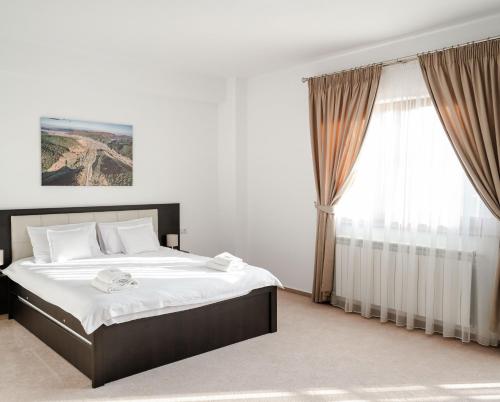
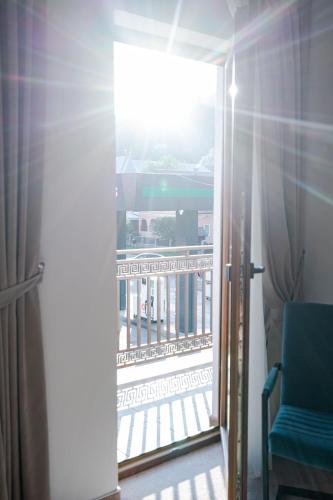
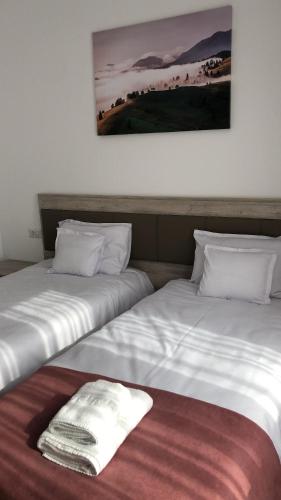


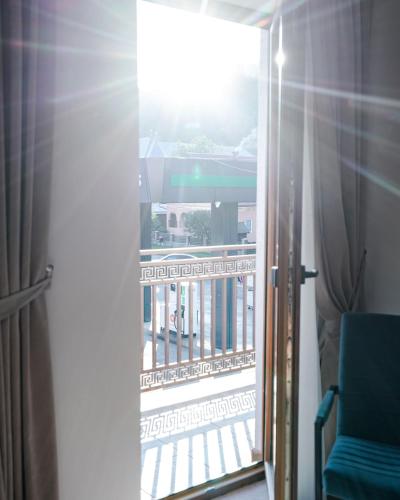
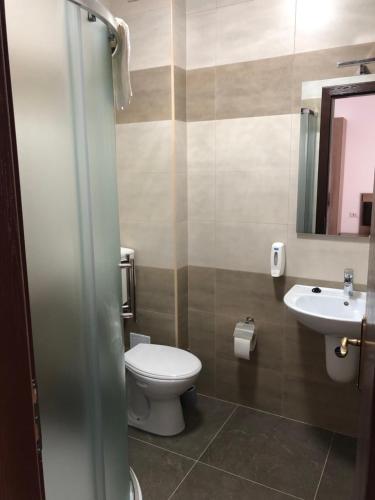
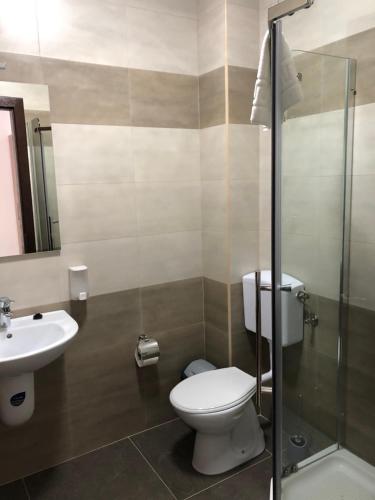
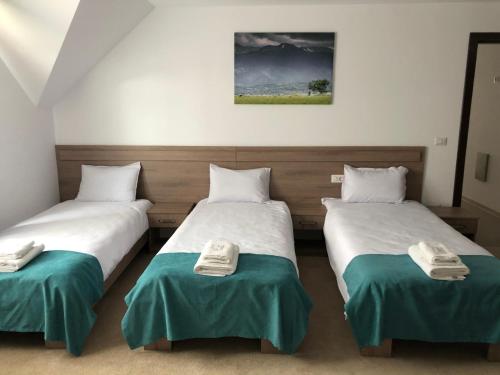
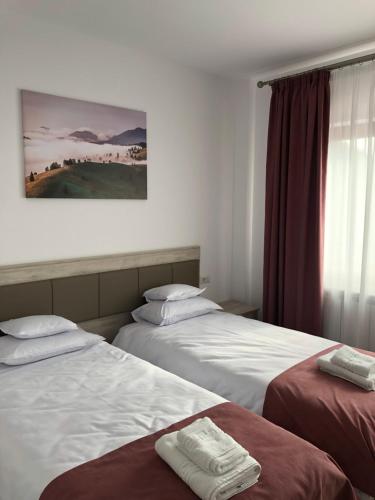
Putna Monastery Museum
Vous pensez qu'il y a une erreur sur ce lieu ?
Signaler une erreur
Vos retours sont importants pour nous. Si vous avez remarqué une erreur concernant ce lieu, merci de nous en informer pour que nous puissions la corriger.
Propriétaire de ce lieu ?
Nous récupérons automatiquement les informations disponibles sur votre lieu. Si jamais celles-ci ne sont pas correctes, connectez-vous gratuitement sur notre tableau de bord pour les modifier et bonus, accédez à vos statistiques détaillées.
Ce qu'en disent les utilisateurs
Autres lieux à voir autour

"Prince Stephen the Great, ruler of Moldavia from 1457 until 1504, took just three years to build the Romanian Orthodox Putna Monastery on land bordering the Putna River in Bukovina. As well as its importance as a religious site, Bukovina was a key medieval cultural and artistic center with a scriptorium, trilingual (Greek-Slavonic-Romanian) schools, and several craft workshops. Prince Stephen was instrumental in the building and style of a number of churches and monasteries across Moldavia, many of them dedicated to him, but it was at Putna Monastery where he was laid to rest. His tomb has remained a site of pilgrimage to the current day. A cross marks the hilltop site where he fired an arrow, and the spot where it landed determined the site of the monastery. A section of tree trunk containing the arrow hole is kept in the museum. Within a few years *of completion, a fierce fire destroyed most of the church, Stephen's home, and much of the site's outer walls. The church was rebuilt and subsequently demolished again by both fire and earthquake. The present church was completed in 1761 and exhibits many architectural and decorative features of that period. Putna Monastery museum contains a valuable collection of embroideries dating back to the time of Stephen the Great, including a rich collection of priests' clothes and shawls, iconostasis curtains, and coverings. There are examples of decorated religious texts, most notably the sumptuous Four Gospels and items typical of those made in the highly skilled workshops of the embroiderers, weavers, icon makers, miniature painters, wood carvers, silversmiths, bookbinders, and sculptors. Putna Monastery represents a period of remarkable economic, social, and political progress in the history of Romania."
@nchavotier
"Grâce à ses murs et à ses tours fortifiés, qui appartenaient au système de défense, mais aussi à un grand centre culturel, le musée monastique de Putna est l'un des plus riches du pays. C'est ici que Stefan cel Mare a été enterré."
@
"Spend a night at the monastery"
@